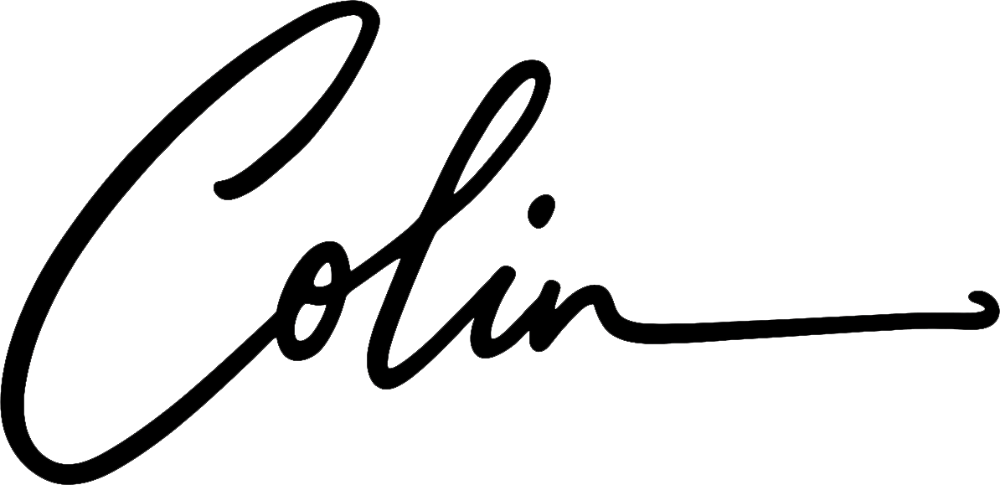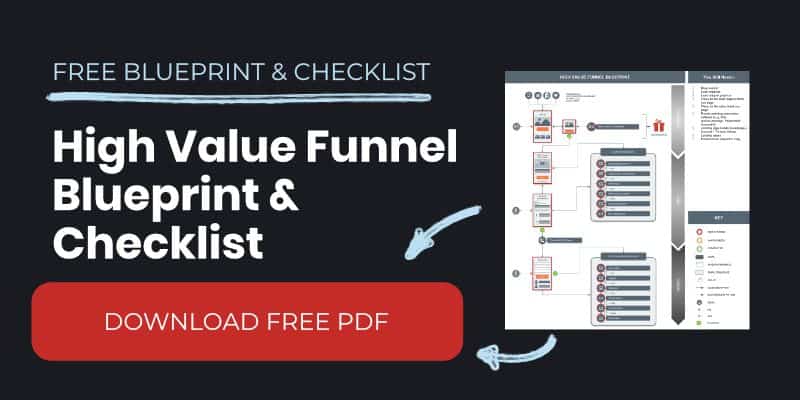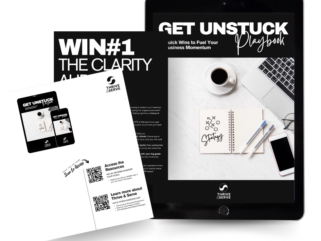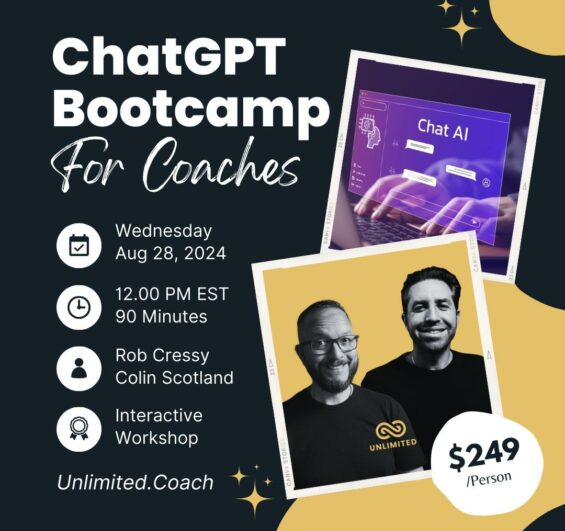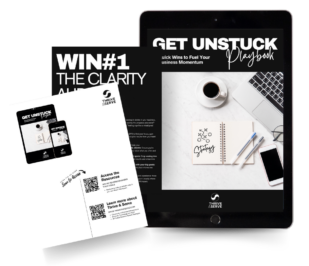You are ready to tap into the potential that the internet offers and get more leads and sales for your business. Am I right?
Individual marketing tactics don't make a lead generation funnel.
Your website alone, won't cut it.
Neither will posting endlessly on social media.
A lead generation funnel is a different animal. It is a vital piece of your digital marketing. It is very often overlooked. Even big businesses spending hundreds of thousands on their marketing often miss the boat.
You will not make the same mistakes in your business.
Arm yourself with the information in this article. Get ahead of your competitors and build lasting relationships with your customers.
A lead generation funnel is not hard or complicated. So, once you understand how sales funnels work, it is simple to get set up and start seeing results.
Let's dive in...
What is a Lead Generation Funnel?
Marketing is the process of identifying, and satisfying customer needs profitably. (Chartered Institute of Marketing definition).
Lead generation is the start of the interaction process with potential customers.
It is identifying the people interested in what we have to offer.
To clarify leads aren't customers. Leads are potential customers.
If you are looking to increase sales, then generating more leads for your business should be a core focus of your marketing.
The funnel is the process that, well 'funnels' potential leads through your business to convert them into customers.
Lead generation funnels can range from simple to a bowl of spaghetti depending on how complex your sales process is.
A simple lead generation funnel could look something like this...

The best lead generation funnels are tailored to your business. But if you don't have any funnels at all, the above is a good place to begin. Something is better than nothing right?
Once you are familiar with how they work, you can iterate until your heart's content.
In the example above, it all starts with traffic.
Traffic can come from three sources:
- Paid media (advertising, pay per click).
- Owned media (blog posts, website, social media, content marketing).
- Earned media (word of mouth, referrals, reviews).
Converting traffic into leads is the first stage of your lead generation funnel.
When we buy anything, we go through a process. From first becoming aware that we have a problem need to consider the options and take action that will meet the need.
The goal here is not to make you an expert in marketing theory. But to help you understand enough of the theory to enable you to move the needle in your business.
Wouldn't you agree?
This flow from attention to action is usually illustrated by a funnel shape.
Pour traffic into the top of the funnel and customers come out the bottom.
The problem when it comes to lead generation is the funnel does not have any sides, so potential customers could leak away at any stage.
In other words, you only get out of the bottom a fraction of what you pour into the top.
The better you understand your customers' needs AND the journey they take to becoming a client, the better your funnel will perform. You can address objections and sticking points along the way.
The concept of conversion becomes super important. It is one of the most important metrics in marketing.
The more website visitors you can convert into leads the better.
The more leads you can convert into sales the better.
The more customers you can convert into repeat buyers the better.
You get the idea...
Okay okay, I get it. Lead generation funnels are super important, but how do I get set up? What are the steps?
You need to start by mapping out the process your clients go through to become a customer.
Where do they first come into contact with your brand?
Social media posts? Your website? An advertisement? A video? A blog post? Or all of the above?
What are the pivotal conversion points in the journey? Think in terms of first contact, relationship, and transactions.
The difficulty with mapping the customer journey is that the process is not linear.
One customer might view a tweet, visit your website, or call you directly.
Another might see an ad and read a blog post.
Don't worry, this is normal.
Check out this blog post for more information on mapping the customer journey.
Seek to map out all the points of contact you have with your customers. Then it becomes easy to bake lead generation into all your marketing.
With a lead generation funnel, your goal should be to exchange a visitor's email address for something of greater value.
Once you have their email address, you can nurture them through the decision process to becoming a customer.
Take a look at your website.
How easy is it for visitors to take the next steps with you?
These are called calls to action or CTAs for short.
If you have blog posts, do you have options within and around the posts for readers to take the next steps with you? Can they download a 'content upgrade' in exchange for their email address?
Look at your Twitter account or Facebook page. Do you have pinned posts that guide people into your funnel?
When someone telephones with an inquiry, do you capture their data?
Can you see how the start of our funnel can be anywhere?
Anywhere people come into contact with your business.
Ensure every point of contact facilitates the conversion from visitor to lead.
Let your customers decide when they want to take the next steps.
Put these opt-in mechanisms in place to capture leads.
Online this means having many opt-in opportunities and clear calls to action.
A useful mechanism for stimulating the conversion from visitor to lead is to provide valuable information in the form of a lead magnet.
A lead magnet is a piece of value-driven content that satisfies a potential client's arm falling off issue. To learn more about how to create irresistible lead magnets read this post.
Create one or more lead magnets to entice visitors to submit their email addresses.
Okay, so we have our customer journey map, a handle on all the touchpoints, and our lead magnet(s). What next?
Next, we look into the nuts and bolts of building out your lead generation funnel. The pages and pieces you need.
Create landing pages for each of your lead magnets with opt-in forms to capture lead details, plus thank you pages that encourage social sharing.
Link your landing page opt-in forms to an Email Service Provider (ESP), and then the relationship-building magic of the email nurture sequence can begin.
You can create a sequence of emails to nurture your relationship with leads and convert them into lifelong customers.
After that, your job is to craft a value ladder of products and services that transform their lives.
Creating Your Lead Generation Funnel
Here is a summary of what you need to do to build out your lead generation funnel.
- Map out the customer journey in your business.
- Map out the points of contact you have with your customers.
- Create one or more lead magnets to entice visitors to submit their email addresses.
- Create landing pages, opt-in forms and thank you pages.
- Link to an ESP to capture email address and deliver lead magnet and lead nurture email sequence.
- Check out my Free Lead Generation Funnel training.
This is part of a process I run through with my coaching clients to get lead generation funnels in place that convert like crazy.
Download the complete checklist to see how my funnel and email nurture sequences play out to give you some ideas for yours.
